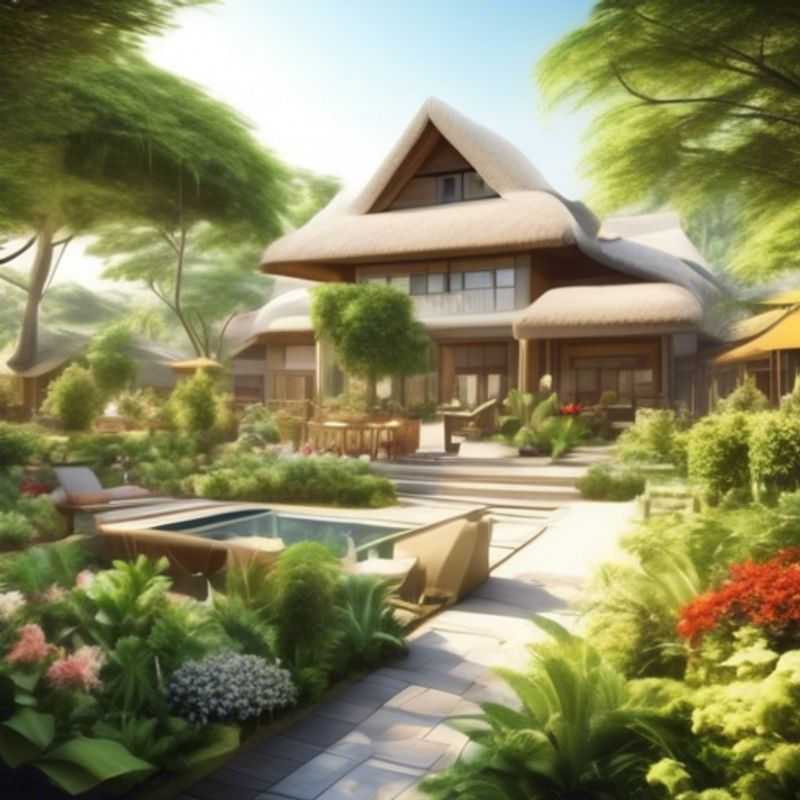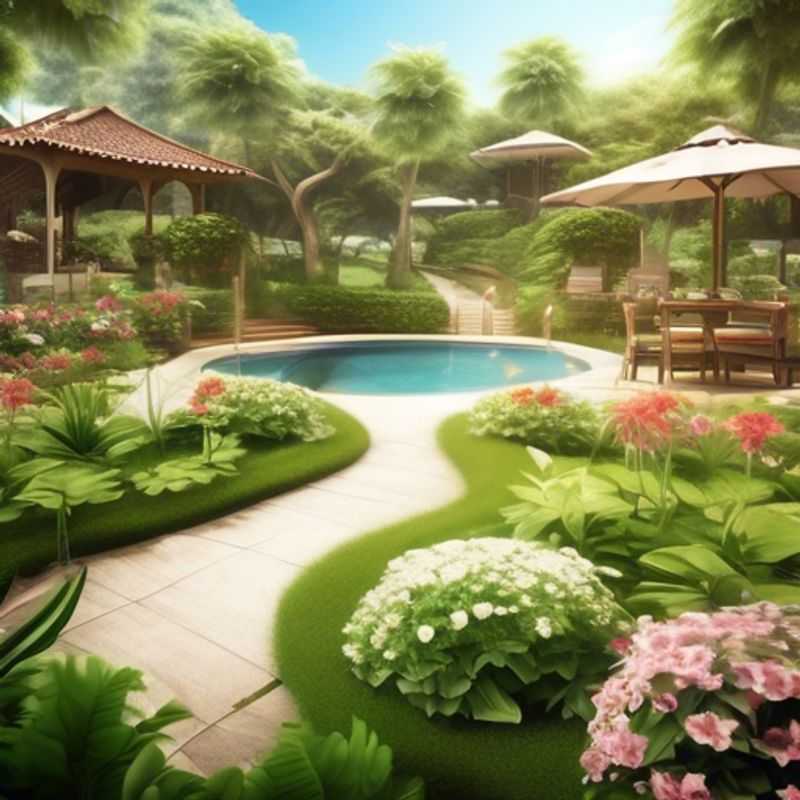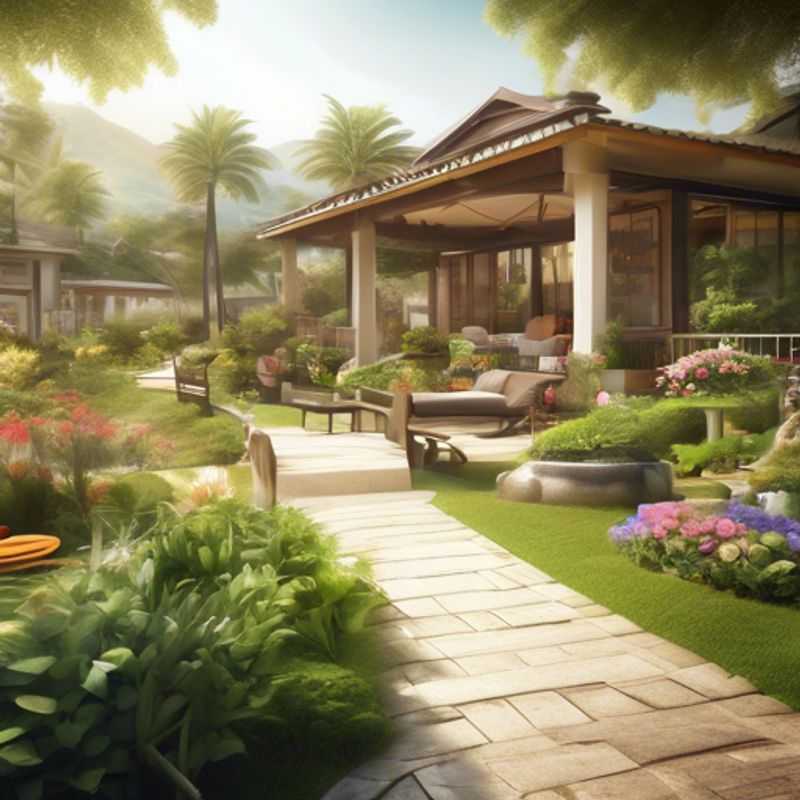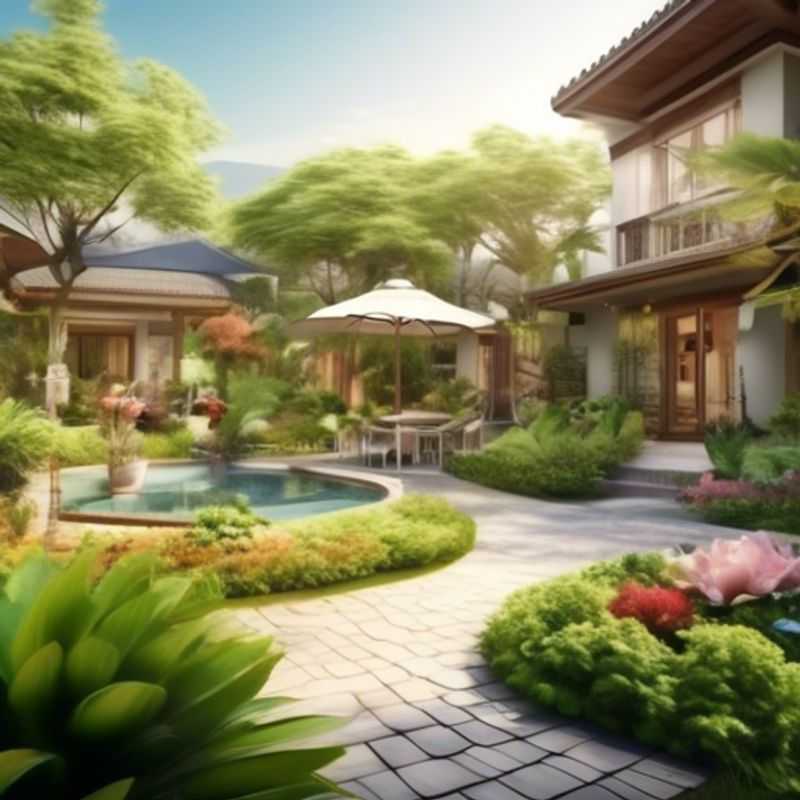Top 4 Essential Things to Know Before Buying Garden Living Furniture

Measure, Material, Assembly, Comfort: The Essential Guide to Buying Garden Living Furniture
Ah, garden living!

Measure Twice, Relax Once: How to Ensure Your Garden Furniture Fits Perfectly
Before you start shopping for garden furniture, it’s essential to measure the space you have available. This ensures your chosen furniture fits comfortably and doesn’t feel cramped.
Here’s a simple guide to get you started:
1. **Decide on the area:** Identify the specific spot in your garden where you want to place the furniture. This could be a patio, a lawn area, or even a corner of your garden.
2. **Measure the dimensions:** Use a measuring tape to determine the length and width of the designated area. Consider any existing features like trees, flowerbeds, or pathways that might affect the available space.
3. **Sketch a rough plan:** Draw a simple sketch of your garden area, including the dimensions you just measured. This visual representation will help you visualize how the furniture will fit.
4. **Consider furniture dimensions:** Before you start shopping, research the dimensions of the furniture you are interested in. Check the length, width, and height of each piece to make sure they fit comfortably within your measured space.
5. **Account for walkway space:** Leave enough room around the furniture for comfortable movement. A minimum of 3 feet (1 meter) of clearance around furniture is a good rule of thumb.
By following these simple steps, you can ensure that your new garden furniture fits perfectly and enhances your outdoor space.

Weathering the Elements: Choosing Furniture That Stands the Test of Time
When choosing outdoor furniture, consider the material and its weather resistance. Durability and longevity are crucial factors.
Wood offers a natural aesthetic but requires regular maintenance, like staining and sealing, to withstand moisture and UV rays. Choose woods like teak or cedar, known for their natural resistance.
Metal furniture is often sturdy and weather-resistant, but can rust. Powder-coated finishes provide extra protection. Aluminum and wrought iron are good options, but may require cleaning.
Plastic and resin furniture are usually lightweight, affordable, and easy to clean. They are generally resistant to weather, but may fade in sunlight.
Wicker furniture, often made from rattan or synthetic materials, offers a stylish look but requires careful consideration. Natural wicker can be susceptible to moisture damage and requires regular upkeep.
Fabric cushions should be weather-resistant and treated with water-repellent coatings. Consider using removable covers that can be washed or replaced.
Remember, the right material and proper maintenance will ensure your outdoor furniture lasts for years to come.

Simplify Your Life: Seek Out Easy-to-Assemble and Maintain Pieces
When assembling or maintaining anything, you'll want to consider how easy the process is. Look for pieces that are easy to assemble and maintain to save time and effort. This means choosing components with clear instructions, readily available parts, and straightforward design. Simplicity is key!
Think about how often you'll need to access or adjust parts. Easy access means less frustration and quicker repairs. Consider the tools you'll need for assembly and maintenance. Basic tools are ideal, as they are more common and easier to find.
Look for products with user-friendly features and straightforward assembly processes. Clear instructions and well-labeled parts make a big difference. Quality materials are important for longevity and reduced maintenance. Durable and corrosion-resistant parts will last longer.

Garden Living: Prioritizing Comfort and Functionality
Transform your garden into a haven of comfort and functionality with thoughtful furniture and accessory selections. Prioritize pieces that are built for durability and weather resistance, ensuring they withstand the elements and provide long-lasting enjoyment.
Comfort is paramount. Invest in seating that is inviting and supportive. Consider ergonomic chairs and lounges with adjustable features for optimal relaxation. Cushions and throw blankets add an extra layer of comfort, while fire pits and heaters extend the usability of your outdoor space even in cooler months.
Functionality is equally essential. Choose furniture with integrated storage to keep your outdoor living area organized. Tables with multiple levels or built-in coolers offer practical solutions for serving food and beverages. Lighting is crucial for evening enjoyment. Opt for solar-powered or battery-operated options for convenience and sustainability.
When budgeting for your garden living project, consider the following expenses:
Furniture and accessories: This is the largest expense, ranging from basic seating to elaborate dining sets and specialized outdoor kitchens.
Construction and landscaping: If you are building a deck, patio, or pergola, factor in construction costs, materials, and landscaping services.
Lighting and heating: Include the cost of fixtures, bulbs, and any heating elements you choose.
Maintenance and upkeep: Regular cleaning, repairs, and replacing worn-out components will be ongoing expenses.
By prioritizing comfort and functionality, your garden living space will become a sanctuary where you can unwind, entertain, and create lasting memories.
